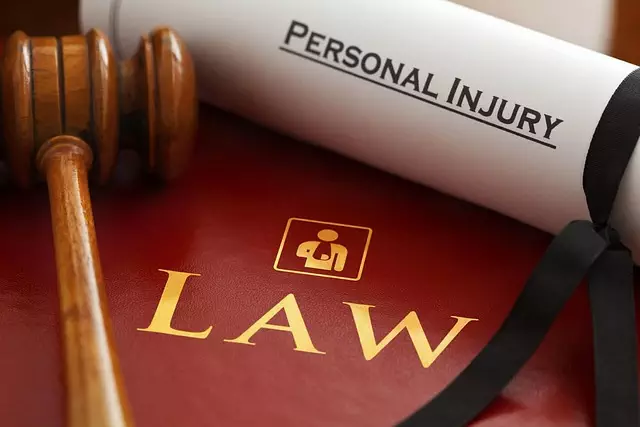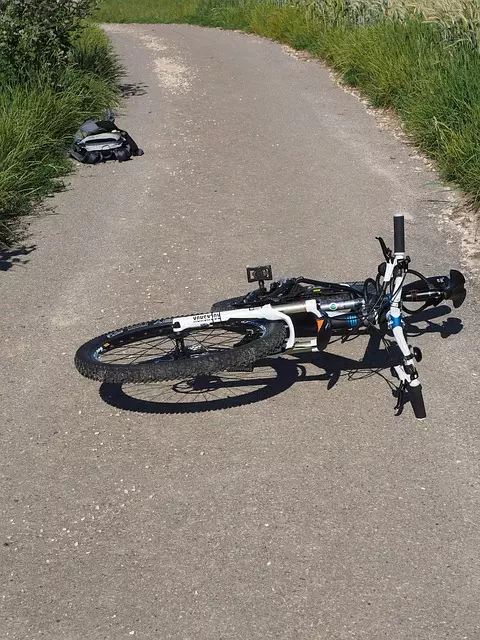In New York City, cyclist safety is governed by state and local laws, with key regulations including yielding to pedestrians, lighting requirements, and bans on mobile device use while cycling. Workplace Safety Violations in Queens pose significant risks, commonly arising from unsecured objects, inadequate signage, and machinery storage. These violations, coupled with poor maintenance and lack of PPE, increase injury likelihood. Recent high-profile lawsuits have led to stricter traffic laws and infrastructure improvements. In Manhattan, preventing accidents and securing fair compensation involves enforcement of traffic laws, dedicated bike lanes, better lighting, and adequate compensation for victims through lawsuits against liable parties.
“In New York City, cyclists face unique challenges navigating Manhattan’s bustling streets. This article delves into the crucial topic of cyclist safety lawsuits, particularly focusing on Manhattan’s legal landscape and related incidents in neighboring Queens. We explore common workplace safety violations that lead to legal action, presenting case studies of notable cyclist safety lawsuits across the city. Additionally, we offer insights into preventing accidents and ensuring fair compensation for those affected.”
- Understanding Cyclist Safety Laws in Manhattan
- Common Workplace Safety Violations Leading to Lawsuits in Queens
- Case Studies: Notable Cyclist Safety Lawsuits in New York City
- Preventing Accidents and Ensuring Fair Compensation for Cyclists
Understanding Cyclist Safety Laws in Manhattan

In Manhattan, cyclist safety is governed by a combination of state and local laws, designed to protect both cyclists and motorists. Cyclists have the same rights and responsibilities as drivers, including adhering to traffic signals and road signs. Key regulations include requiring bicycles on sidewalks to yield to pedestrians, mandating lights and reflectors on bikes ridden at night, and prohibiting cycling while using a mobile device. Understanding these laws is crucial for navigating Manhattan’s bustling streets, especially in areas with high pedestrian and vehicle traffic.
Workplace Safety Violations in Queens, like elsewhere, can occur when businesses fail to maintain safe conditions for cyclists on company property or during commuting. This might include poorly maintained bike lanes, lack of proper signage, or even dangerous storage of equipment that poses a risk to cyclists. Awareness of these potential violations is essential for both employers and employees to ensure a safer cycling environment in Manhattan and beyond.
Common Workplace Safety Violations Leading to Lawsuits in Queens

In the bustling metropolis of New York City, workplace safety violations can have severe consequences, particularly for cyclists navigating the urban landscape. Queens, with its dense population and heavy traffic, has seen numerous lawsuits arise from common work site hazards. One of the primary areas of concern is the disregard for cyclist safety on construction sites. This includes leaving unsecured objects that can cause a cyclist to lose control, inadequate guarding around machinery, and failing to provide clear signage or training for workers regarding shared space with cyclists.
Moreover, workplace safety violations often involve poor lighting, irregular maintenance of equipment, and a lack of personal protective equipment (PPE), which can put cyclists at risk when sharing roads with vehicles and heavy machinery. These violations do not only lead to physical injuries but also contribute to a culture of negligence that can result in costly lawsuits. Awareness and compliance with safety standards are crucial to ensuring the well-being of cyclists on Queens’ streets.
Case Studies: Notable Cyclist Safety Lawsuits in New York City

In recent years, several notable cyclist safety lawsuits in New York City have brought attention to workplace safety violations, particularly in Queens. One high-profile case involved a cyclist who was severely injured after being struck by a vehicle turning left at an intersection without yielding. The lawsuit highlighted the city’s inadequate signage and lighting, as well as the driver’s negligence, leading to significant changes in traffic laws and infrastructure improvements for better cyclist protection.
Another significant lawsuit centered around a workplace safety violation where a construction site failed to secure a loading dock area properly. A cyclist riding nearby was killed when their bike got caught in machinery, sparking a legal battle that resulted in stricter regulations for construction sites and an increased focus on preventing such tragedies through improved safety measures. These cases have not only brought about substantial financial compensation for the victims but also pushed New York City to reevaluate and enhance its policies regarding cyclist safety.
Preventing Accidents and Ensuring Fair Compensation for Cyclists

Preventing accidents and ensuring fair compensation for cyclists is a multifaceted issue in Manhattan, often complicated by workplace safety violations in Queens. Cyclists face unique challenges navigating dense urban environments where motor vehicles and pedestrians share spaces. To mitigate risks, city officials and law enforcement must enforce traffic laws consistently, including stop signs, yield signals, and safe passing distances. Moreover, improving infrastructure through dedicated bike lanes and better street lighting can significantly reduce accident rates.
When accidents do occur due to negligence or workplace safety violations, cyclists deserve fair compensation for their injuries. This includes medical expenses, lost wages, and pain and suffering. Lawsuits against responsible parties, whether individuals, businesses, or government entities, play a crucial role in holding accountable those who violate cyclist safety laws and ensuring that victims receive the support they need to recover.
In navigating the intricate web of cyclist safety laws in Manhattan and understanding potential workplace safety violations in Queens, it’s clear that knowledge is power. By recognizing common violations leading to lawsuits, learning from case studies, and prioritizing prevention, cyclists can protect themselves and ensure fair compensation when accidents occur. Staying informed and advocating for safer practices are essential steps towards revolutionizing cycling safety across New York City.
